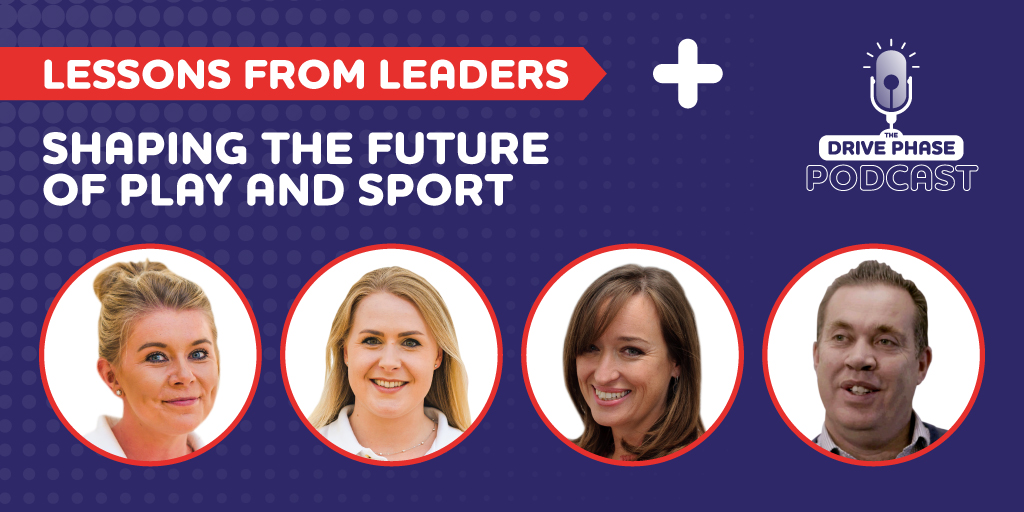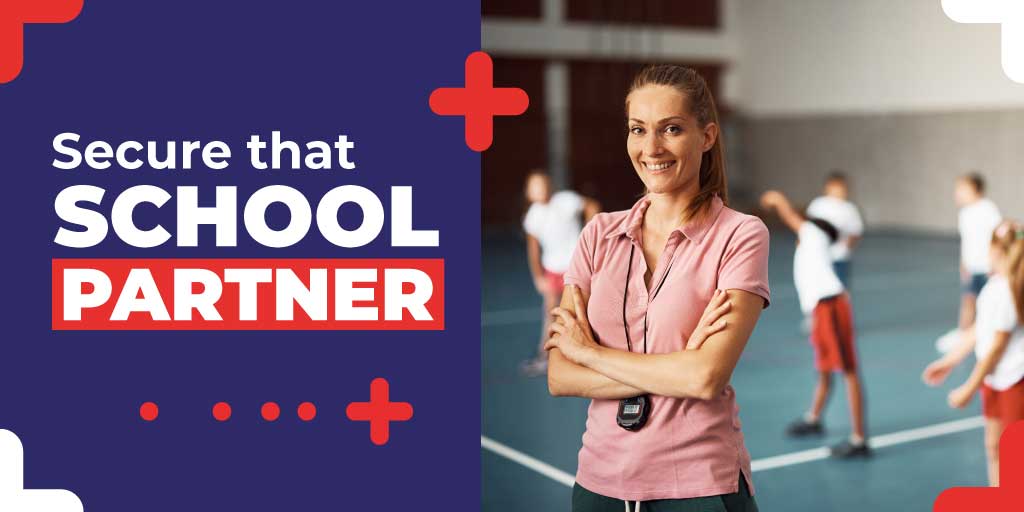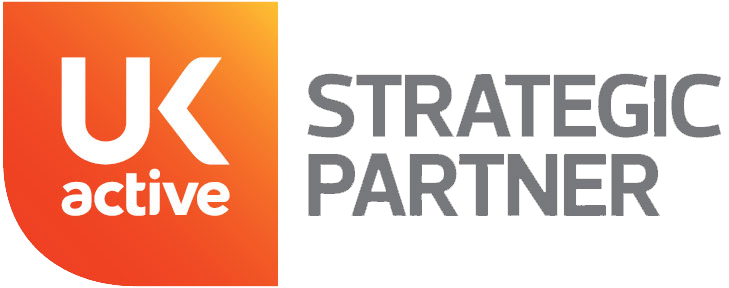The cost-of-living crisis is having a wide-ranging impact on the physical activity sector. Sports and leisure facilities have seen energy bills totalling more than 100% on the year before. Many are facing radical restructuring that is predicted to hit already struggling families.
From worries about the affordability of PE kits to the cost of inactivity on the public, the impact on families is stark. Just recently, Chancellor Jeremy Hunt announced that the entire nation would share in tax rises. For low-income households, physical activity could take a back seat when money is tight.
As we work toward tackling this new normal, who will be impacted, and how do we mitigate the impact on the most vulnerable?
SEND pupil support
Special education needs and disabled (SEND) students are particularly at risk. Lack of investment and the impact of COVID-19 have resulted in long waiting lists for SEND assessments and Health Care Plans (EHCPs), resulting in thousands of children left without viable support.
Many of these children are not in education. 30% find themselves in Pupil Referal Units (PRU) dedicated to permanently excluded children. As school budgets get squeezed, mainstream schools and PRUs are simply not equipped to deal with their challenging educational needs.
Sports and physical activity provisions are proven relievers of tension. Exercise benefits the self-regulation of emotion and refocusing of energies for SEND pupils. A sports provision can alleviate the pressure on schools and ensure better mental health in the long term.
And thinking long-term is key. When austerity is on the table, it’s important to understand that it’s temporary. Austerity measures are tools for economic repair, not permanent solutions. Their future impact should be tempered with the need for immediate action.
Inactivity among girls
It is common for sports amongst girls to experience a drop-off into their teenage years. 24% of girls quote not feeling competent in PE, and nearly a third quote confidence as their main issue. And as they go through puberty, their top concerns are the impact of their period on their ability to engage.
Whilst many of these reasonings remain unchanged in our current circumstance, as school budgets and resources continue to get squeezed, PE teaching may focus on the engaged as opposed to the unengaged. The short-term benefit would be a relief of pressure on resources. The long-term, however, would be a return to greater levels of mental and physical harm for girls.
Maintaining a long-term approach to engaging girls in sport is essential. Anything from highlighting sportswomen in their respective disciplines to engaging them in the design of PE programmes can prevent costs from becoming a serious impediment.
Equal school playing grounds
Many families will be making hard decisions in the times ahead. Low-income families are unlikely to choose extracurricular spending with the pressure of household costs. For children, a lack of confidence, feelings of exclusion and expense will prevent engagement in extracurriculars.
Schools themselves are making hard decisions. Some have quoted as much as a 500% increase in energy costs, the equivalent of several members of staff. Teaching or technical assistance, those who offer vital support are likely to be the ones most likely to see reductions or shorter hours.
To help children and young people engage in sports, use your Pupil Premium proactively. External sports coaching companies can guide you through comprehensive enrichment and extracurricular programmes, which can lay the foundation for internal educational targets. An extracurricular offering can level the playing ground for many children and release pressure on your staff.
Get your school community and facilities engaged. Asking for donations from parents of old football boots and bikes can shore up school stocks. Schools can hire out existing facilities to increase revenue and collaborate with teaching colleges or coaching companies, offering volunteer work in physical activity programmes.
As we work toward a future for the nation, it’s of vital importance that we keep the maintenance of our physical health at the core. And working within physical activity programmes for the most vulnerable children can ensure a lifetime of health benefits.








